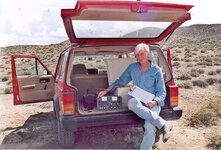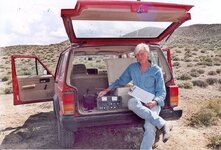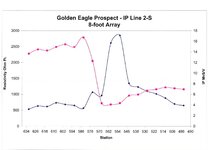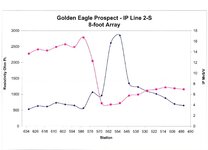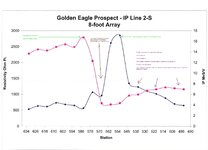firebird21
Jr. Member
- Dec 28, 2008
- 44
- 2
My geophysical equipment (induced polarization / resistivity) at work in New Mexico. This located a nice gold / silver zone that was pretty shallow. I'm still working on this prospect when time allows. I have several high tech metal detectors, but this equipment is for the serious search for gold and silver deposits.


